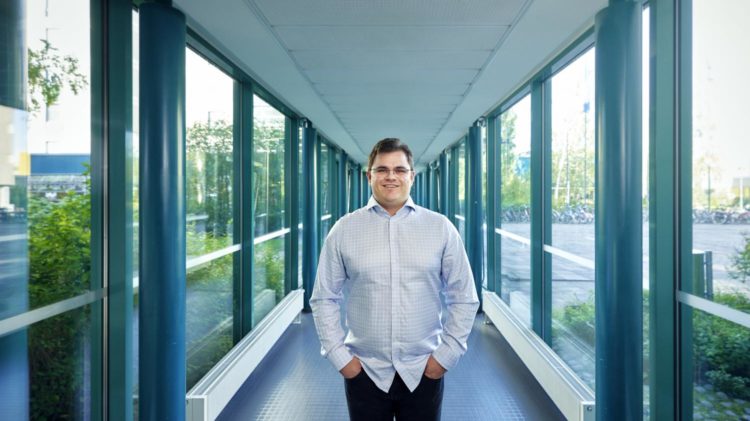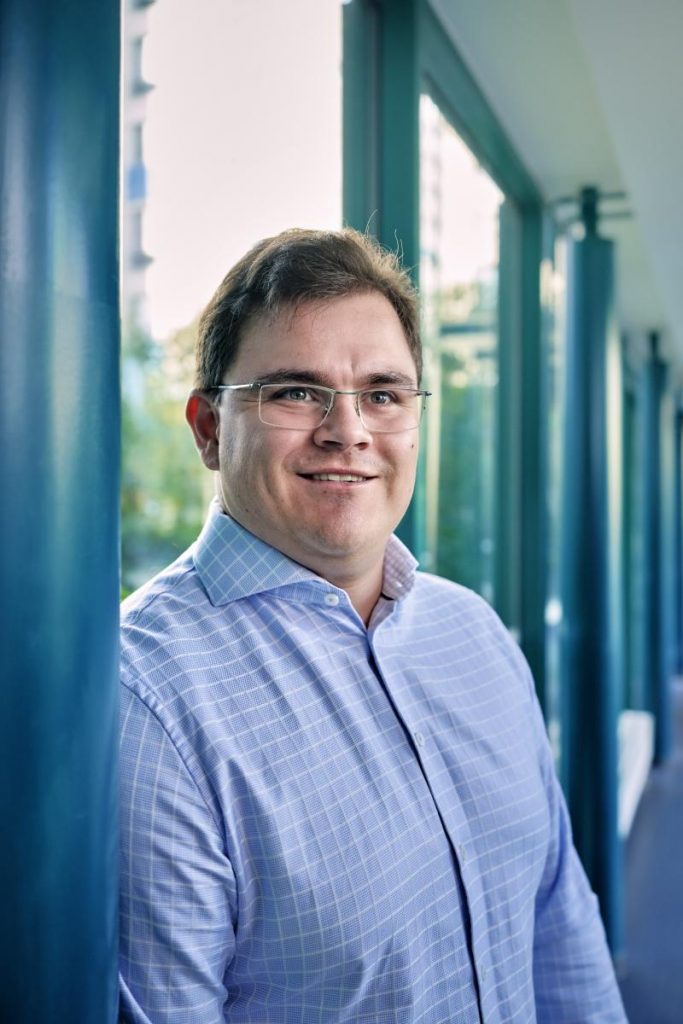
Towards wirelessly powered IoT
During these last two years, assistant professor Hirley Alves has been building the machine-type wireless communications (MTC) team working towards the 6G Flagship vision of near-instant unlimited connectivity. Under the umbrella of MTC lies two key components: critical and massive MTC.
“The near-instant aspect relates to critical MTC, where we foresee extremely reliable, ultra-low latency connectivity,” Hirley Alves says. “Unlimited, on the other hand, relates to massive MTC that aims to bring connectivity to millions of devices serving a wide range of different applications.”
Alves says he finds the novelty and rapid evolution of MTC both fascinating and extremely challenging. “Our research focuses primarily on the physical (PHY) layer but MTC requires a new perspective on wireless communication design in all areas from PHY layer all the way up to services and applications, business models and the whole value chain,” he says.
The team seeks elegant mathematical and algorithmic solutions for several open problems in MTC. Alves gives a few examples. In the traffic monitoring case, the group focuses on random access, user identification and resource management of a massive number of users. “Since we don’t know when the device will be active, its transmission might collide with transmissions of other users, which causes throughput and reliability degradation besides delay,” he says. “We are tackling this problem by resorting to compressive sensing and probabilistic machine learning.”
Another example relates to critical MTC and the operation of an industrial network by providing connectivity to autonomous guided vehicles. “We are addressing this issue via diversity in many levels,” Alves says. “For instance, the controller and the vehicle may have several antennas – spatial diversity, there might be other controllers within the same factory floor that can coordinate their transmissions – cooperation and multi-connectivity, these controllers and vehicles might have other wireless radio interfaces (3G, 4G, 5G radios) that can be exploited as well to send redundant information – interface diversity.
All these different diversity solutions build up to meet the requirements, what we seek then are mathematical and algorithmic solutions that efficiently combine all these different diversity solutions.” Thinking about sustainable IoT networks, one of the doctoral students in the team – Onel López – is going to defend his doctoral thesis shortly. López proposes a novel concept of channel state information (CSI)-free massive Wireless Energy Transfer (WET), which allows powering wirelessly a large number of battery-constrained devices. The impact of wirelessly powered devices could transform the increasingly IoT-supported smart cities, agriculture, transportation and logistics, to name a few.
“Conventional CSI-based solutions require immense overhead, which leads to wastage of resources, cumbersome coordination and scheduling,” López says. “The proposed CSI-free solutions alleviate those issues, and even without considering the energy resources required for CSI acquisition the gains from CSI-based solutions decrease quickly as the number of powered devices increases. Distributed CSI-free strategies are also advantageous when we widen the energy coverage region, even when we impose high reliability on the energy transfer or increase the lineof- sight component as the network densifies.”
“Our target is to demonstrate some of the novel MTC concepts in a vertical application, such as industry 4.0, using our 5G Test Network,” Alves says. “We are currently looking for an environment to start making firstly channel characterization and then system design with suitable diversity methods to obtain required reliability targets. We expect to have first results out in spring 2021.”
